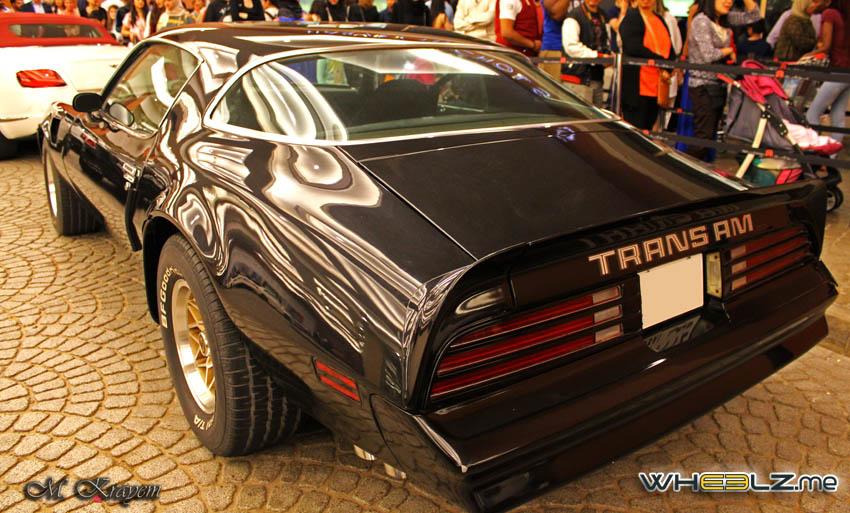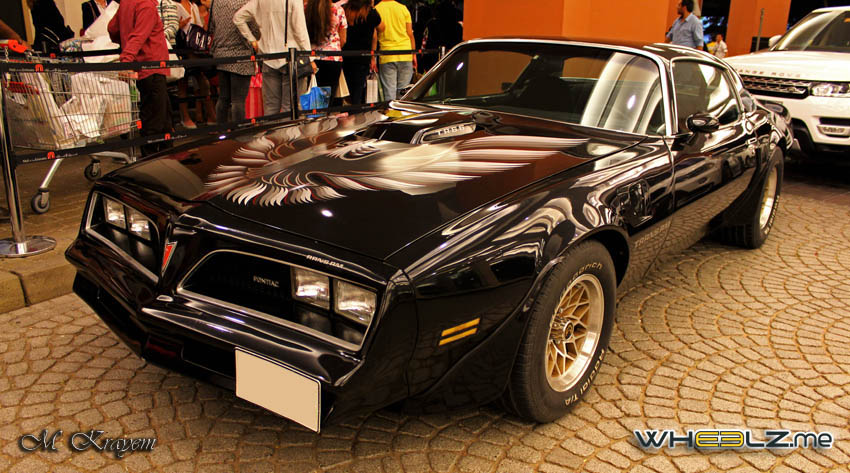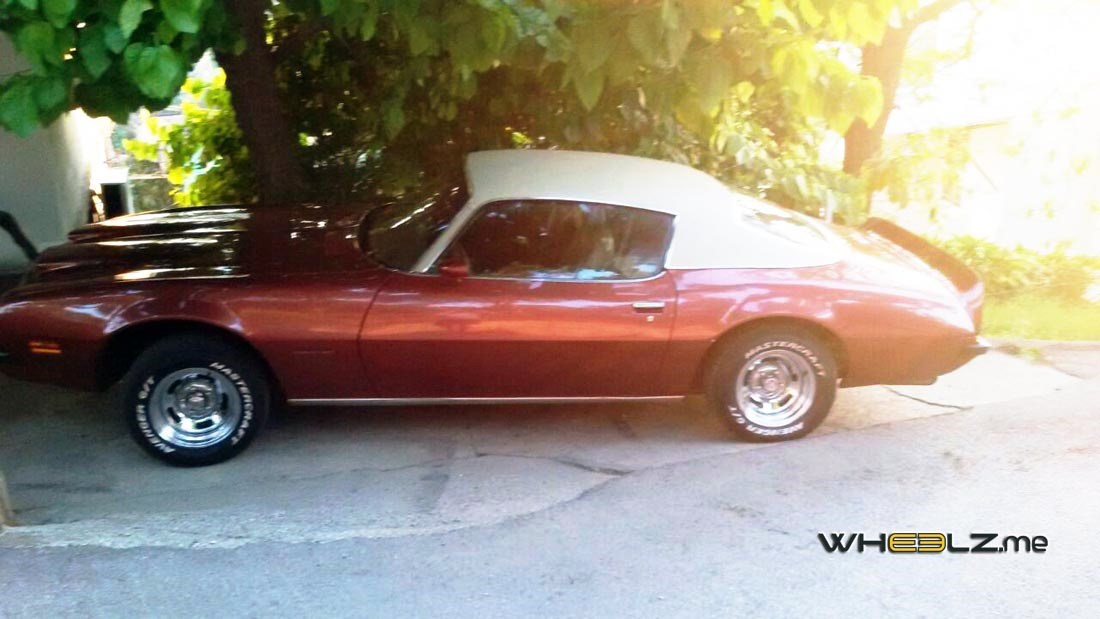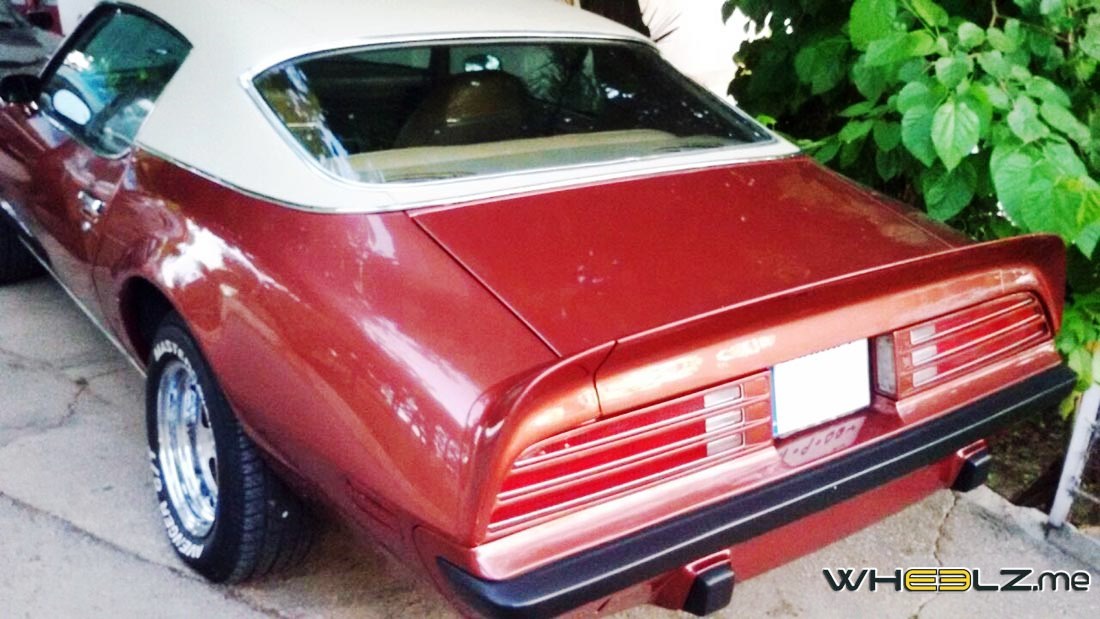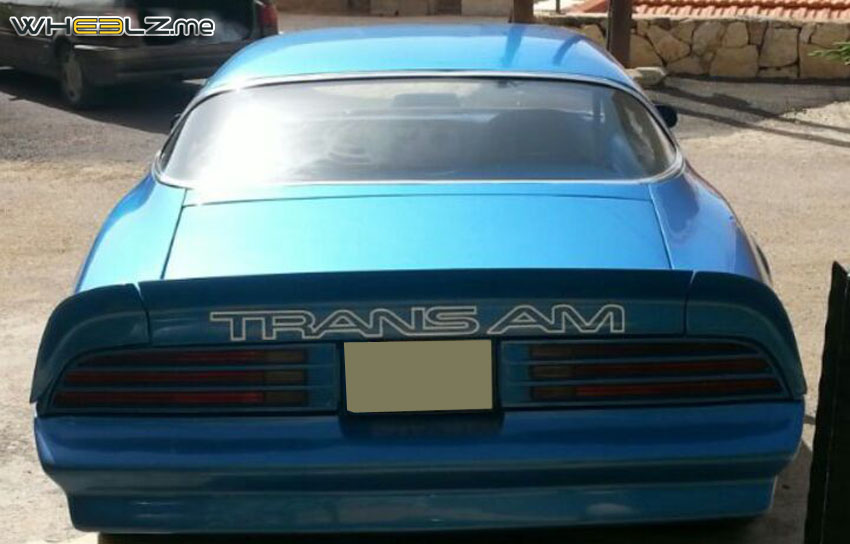
The Pontiac Firebird is an American automobile that was built and produced by Pontiac from the 1967 to 2002 model years. Designed as a pony car to compete with the Ford Mustang, it was introduced on February 23, 1967, five months after GM’s Chevrolet division’s platform-sharing Camaro. This also coincided with the release of the 1967 Mercury Cougar, Ford’s upscale, platform-sharing version of the Mustang.
The name “Firebird” was also previously used by GM for the General Motors Firebird in the 1950s and early 1960s concept cars.
Firebird was built from 1967 to 2002, through four very different generations:
First generation (1967–1969)
| Body style | 2-door coupe 2-door convertible |
|---|---|
| Platform | F-body |
| Related | Chevrolet Camaro (first generation) |
| Powertrain | |
| Engine | 230 cu in (3.8 L) Pontiac SOHC I6 250 cu in (4.1 L) Pontiac SOHC I6 326 cu in (5.3 L) Pontiac V8 350 cu in (5.7 L) Pontiac V8 400 cu in (6.6 L) Pontiac V8 |
| Transmission | 2-speed automatic 3-speed Turbo-Hydramatic automatic 3-speed manual 4-speed manual |
| Dimensions | |
| Wheelbase | 108.1 in (2,746 mm) (1967) |
| Length | 188.8 in (4,796 mm) (1967) |
| Width | 72.6 in (1,844 mm) (1967) |
| Height | 51.5 in (1,308 mm) (1967)[7] |
Second generation (1970–1981)
| Body style | 2-door coupe |
|---|---|
| Platform | F-body |
| Related | Chevrolet Camaro (second generation) |
| Powertrain | |
| Engine | 231 cu in (3.8 L) Buick V6 250 cu in (4.1 L) Chevrolet I6 265 cu in (4.3 L) Pontiac V8 301 cu in (4.9 L) Pontiac V8 301 cu in (4.9 L) Pontiac turbo V8 305 cu in (5.0 L) Chevrolet V8 350 cu in (5.7 L) Oldsmobile V8[a 2] 350 cu in (5.7 L) Chevrolet V8[a 2] 350 cu in (5.7 L) Pontiac V8 400 cu in (6.6 L) Pontiac V8 403 cu in (6.6 L) Oldsmobile V8 455 cu in (7.5 L) Pontiac V8 |
| Transmission | 3-speed manual 4-speed manual 2-speed automatic 3-speed automatic |
| Dimensions | |
| Wheelbase | 108.2 in (2,748 mm) (1978)[17] |
| Length | 196.8 in (4,999 mm) (1978) |
| Width | 73.4 in (1,864 mm) (1978) |
| Height | 49.3 in (1,252 mm) (1978) |
Third generation (1982–1992)
| Body style | 2-door liftback 2-door convertible |
|---|---|
| Platform | F-body |
| Related | Chevrolet Camaro (third generation) |
| Powertrain | |
| Engine | 151 cu in (2.5 L) Pontiac I4 173 cu in (2.8 L) GM 60° V6 191 cu in (3.1 L) GM 60° V6 231 cu in (3.8 L) Buick Turbo V6 305 cu in (5.0 L) Chevrolet V8 350 cu in (5.7 L) Chevrolet V8 |
| Transmission | 3-speed automatic 4-speed automatic 4-speed manual 5-speed manual |
| Dimensions | |
| Wheelbase | 101 in (2,565 mm) |
| Length | 1990–92 Firebird: 195.1 in (4,956 mm) 1990–92 Trans Am: 195.2 in (4,958 mm) Pre-1988 Firebird: 190.5 in (4,839 mm) Pre-1988 Trans Am: 191.8 in (4,872 mm) |
| Width | 72.4 in (1,839 mm) |
| Height | 49.7 in (1,262 mm) |
Fourth generation (1993–2002)
| Body style | 2-door liftback 2-door convertible |
|---|---|
| Platform | F-body |
| Related | Chevrolet Camaro (fourth generation) |
| Powertrain | |
| Engine | 207 cu in (3.4 L) L32 V6 (160 hp) 231 cu in (3.8 L) L36 V6 (205 hp) 350 cu in (5.7 L) LT1 V8 (275-305 hp) 350 cu in (5.7 L) LT4 V8 (330 hp) 346 cu in (5.7 L) LS1 V8 (305-330 hp) 346 cu in (5.7 L) SLP Firehawk LS1 V8 (345-350 hp) |
| Transmission | THM 4L60 4-speed automatic (1993) THM 4L60E 4-speed automatic (1994–2002) Borg Warner T-5 5-speed manual (V6 engine) Borg Warner T56 6-speed manual (V8 engine) |
| Dimensions | |
| Wheelbase | 101.1 in (2,568 mm) |
| Length | 1993–1997 Firebird: 195.6 in (4,968 mm) 1998–2002 Firebird: 193.3 in (4,910 mm) 1993–1997 Trans Am: 197 in (5,004 mm) 1998–1999 Trans Am: 193.8 in (4,923 mm) 2000–2002 Trans Am: 193.7 in (4,920 mm) |
| Width | 1993–1997: 74.5 in (1,892 mm) 1998–2002: 74.4 in (1,890 mm) |
| Height | 1993–1999 Firebird 52 in (1,321 mm) 2000–2002 Firebird: 51.2 in (1,300 mm) 1993–1995 Trans Am: 51.7 in (1,313 mm) 1996–1999 Trans Am: 52 in (1,321 mm) 2000–2002 Trans Am: 51.8 in (1,316 mm) 1993–1999 Firebird convertible: 52.7 in (1,339 mm) 2000–2002 Firebird convertible 51.8 in (1,316 mm) 1994–1999 Trans Am convertible: 52.4 in (1,331 mm) |
| Curb weight | 3,440 lb (1,560 kg) (5.7 L LT1 coupe) 3,284 lb (1,490 kg) (5.7 L LS1 coupe) |
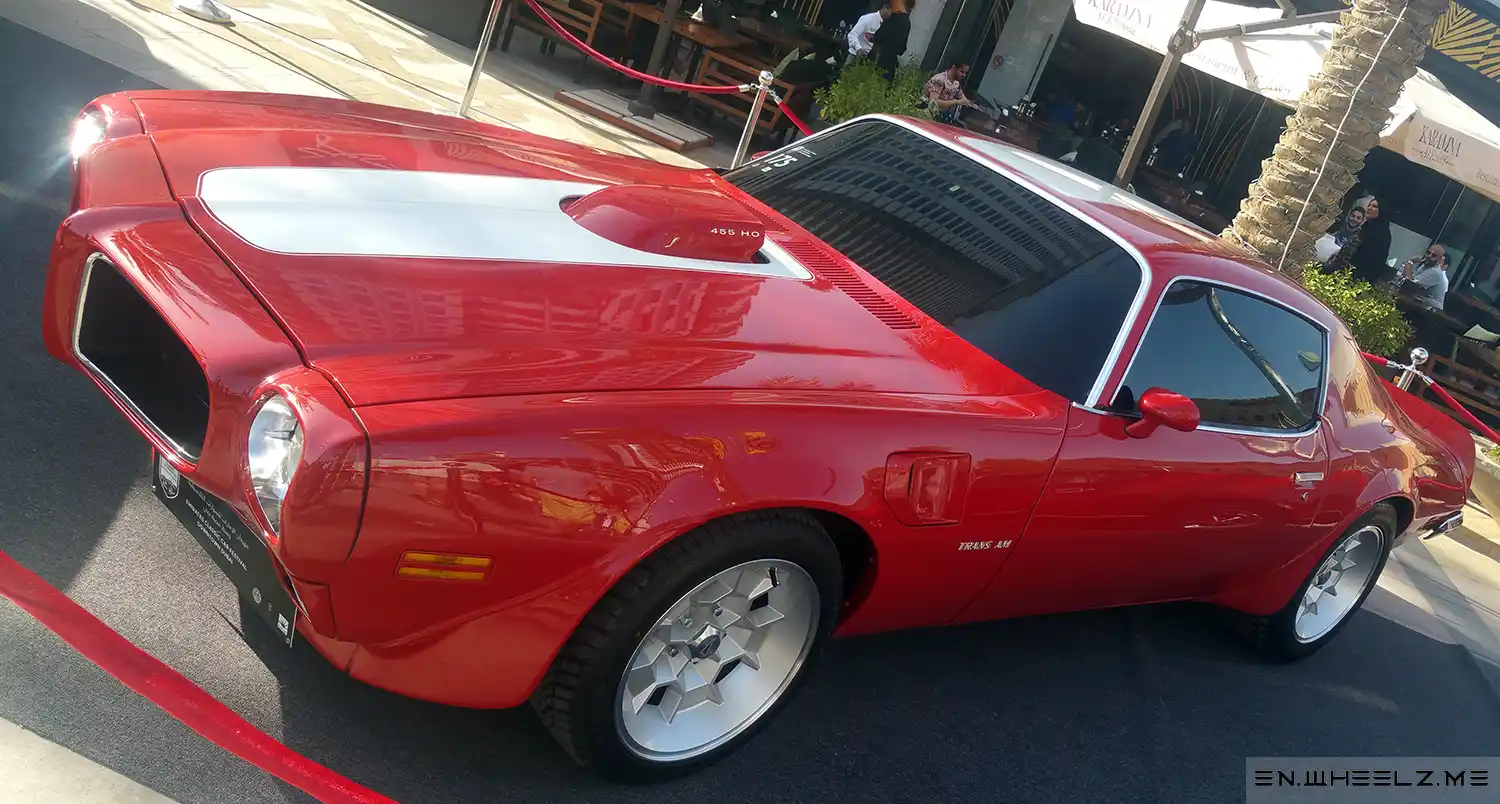
Pontiac Firebird Trans-AM
The Trans Am was a specialty package for the Firebird, typically upgrading handling, suspension, and horsepower, as well as minor appearance modifications such as exclusive hoods, spoilers, fog lights and wheels. Four distinct generations were produced between 1969 and 2002. These cars were built on the F-body platform, which was also shared by the Chevrolet Camaro.
Despite its name, the Trans Am was not initially used in the Trans Am Series, as its smallest engine exceeded the SCCA’s five-liter displacement limit.
The second generation was available from 1970 until 1981. The Firebird Trans Am was selected as the Official Pace Car for the 1979 Daytona 500, 1980 Indianapolis 500, and again for the 1981 Daytona 500.
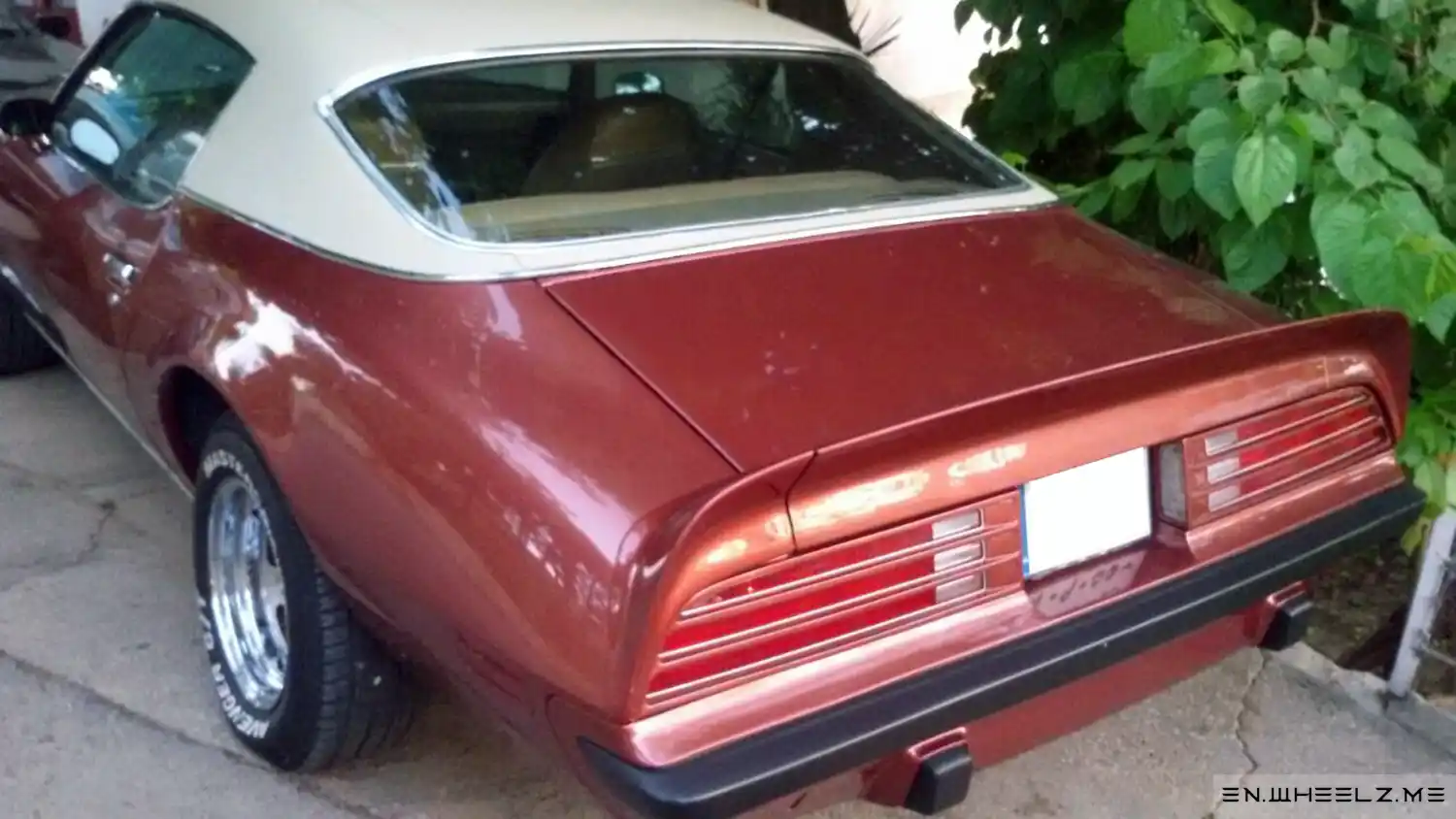
The Trans Am GTA (Gran Turismo Americano) was an options package available on the Firebird Trans Am which added gold 16-inch diamond-spoke alloy wheels, a monochromatic paint scheme, and special cloisonné GTA badges. The GTA (along with the Formula model that was intended to fill the gap between the base model Firebird and mid-level Trans Am) was the brainchild of former Pontiac marketing manager Lou Wassel. It was intended to be the “ultimate” Trans Am and was the most expensive Firebird available. The GTA equipment package officially went on sale in 1987 and avoided a gas-guzzler tax thanks to its lightweight PW 16-inch gold cross-lace wheels. The high-performance WS6 suspension package was also re-tuned to offer a more compliant ride while still maintaining tight handling characteristics. Engine choices consisted of an L98 5.7 litres (350 cu in) TPI V8 mated to GM’s corporate 700R4 automatic transmission or the 5.0 litres (310 cu in) TPI V8. A five-speed manual was available but was mated to the 5.0 L only. The GTA trim level was available from 1987 through the 1992 model year.

For 1989, the 20th-anniversary turbo Trans Am project (originally conceived by Bill Owen of Pontiac) was outsourced to PAS, Inc., an engineering firm led by Jeff Beitzel. Beitzel and his team did most of the TTA development work. The 3.8 L turbocharged V6 engines were built by PAS at their 40,000 square foot City of Industry, CA plant. From there, they went to GM’s plant in Van Nuys, CA to be installed into GTAs on the F-Body assembly line. The cars were then shipped back to PAS for final assembly, testing, and quality control. Incidentally, the GTA chassis were selected at random, thus there is no correlation between the VIN and production sequence number. The initial number of cars to be produced had ranged from 500 to 2,500 until GM finally settled on 1,500. In all, a total of 1,555 Turbo Trans Ams were manufactured. One of these served as the 1989 Indianapolis 500 pace car.
The 2002 model-year WS6 Trans Am produced 310 hp (231 kW) at 5,200 rpm and 340 lb⋅ft (461 N⋅m) of torque at 4,000 rpm out of its 5.7 L LS1 V8 engine. A stock WS6 completed the 1⁄4-mile (400 m) in 13.16 seconds at 106.05 miles per hour (170.67 km/h) on Eagle F1 street tires.
| Class | Pony car, Muscle car |
|---|---|
| Body style | 2-door convertible 1969, 1987–1989 Pontiac sanctioned special edition, 1991–1992, 1994–2002 2-door coupe 1969–2002 |
| Layout | FR layout |
| Platform | F-body |
Source: wikipedia ( Creative Commons Attribution-ShareAlike License 3.0)
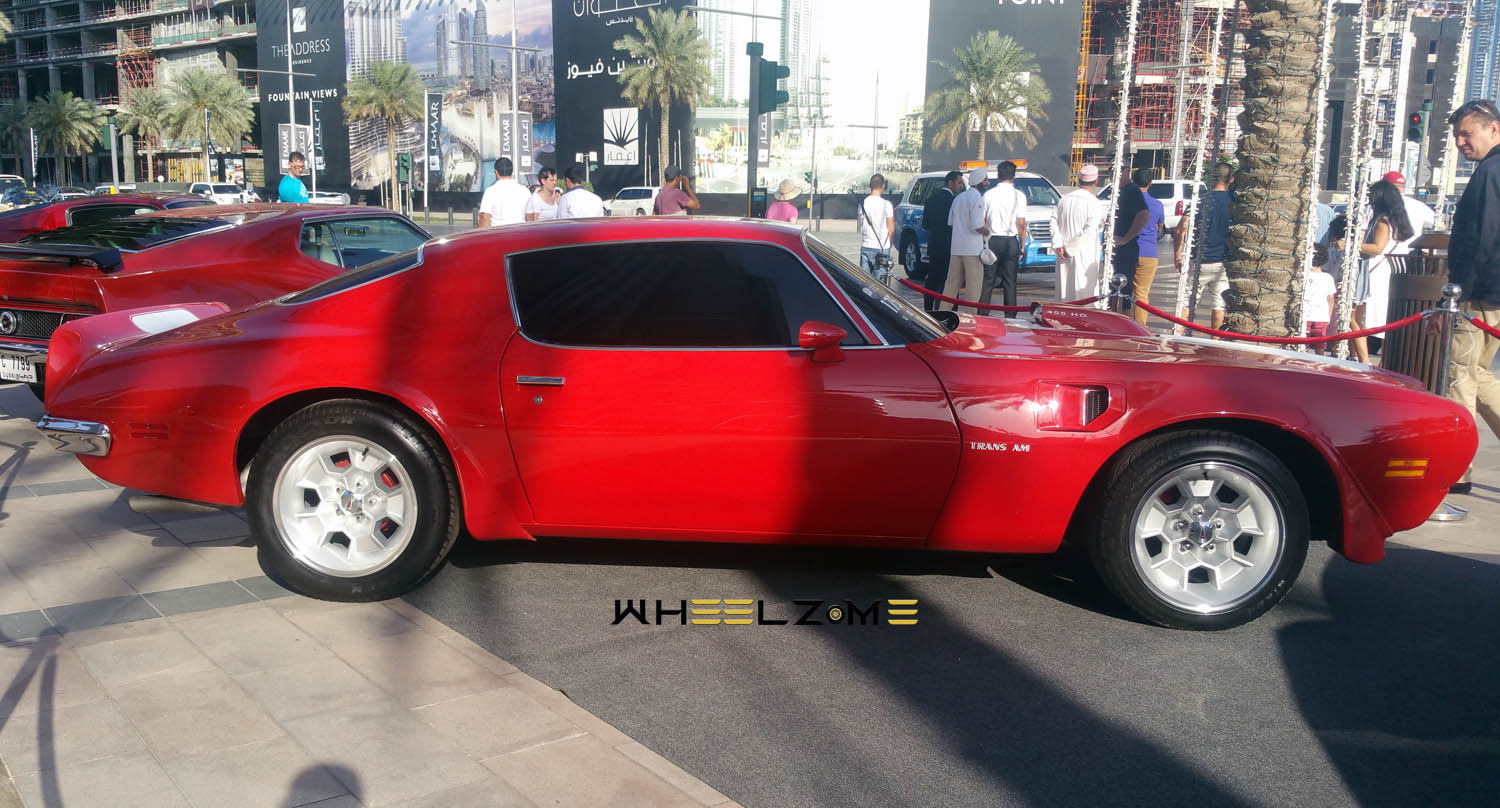
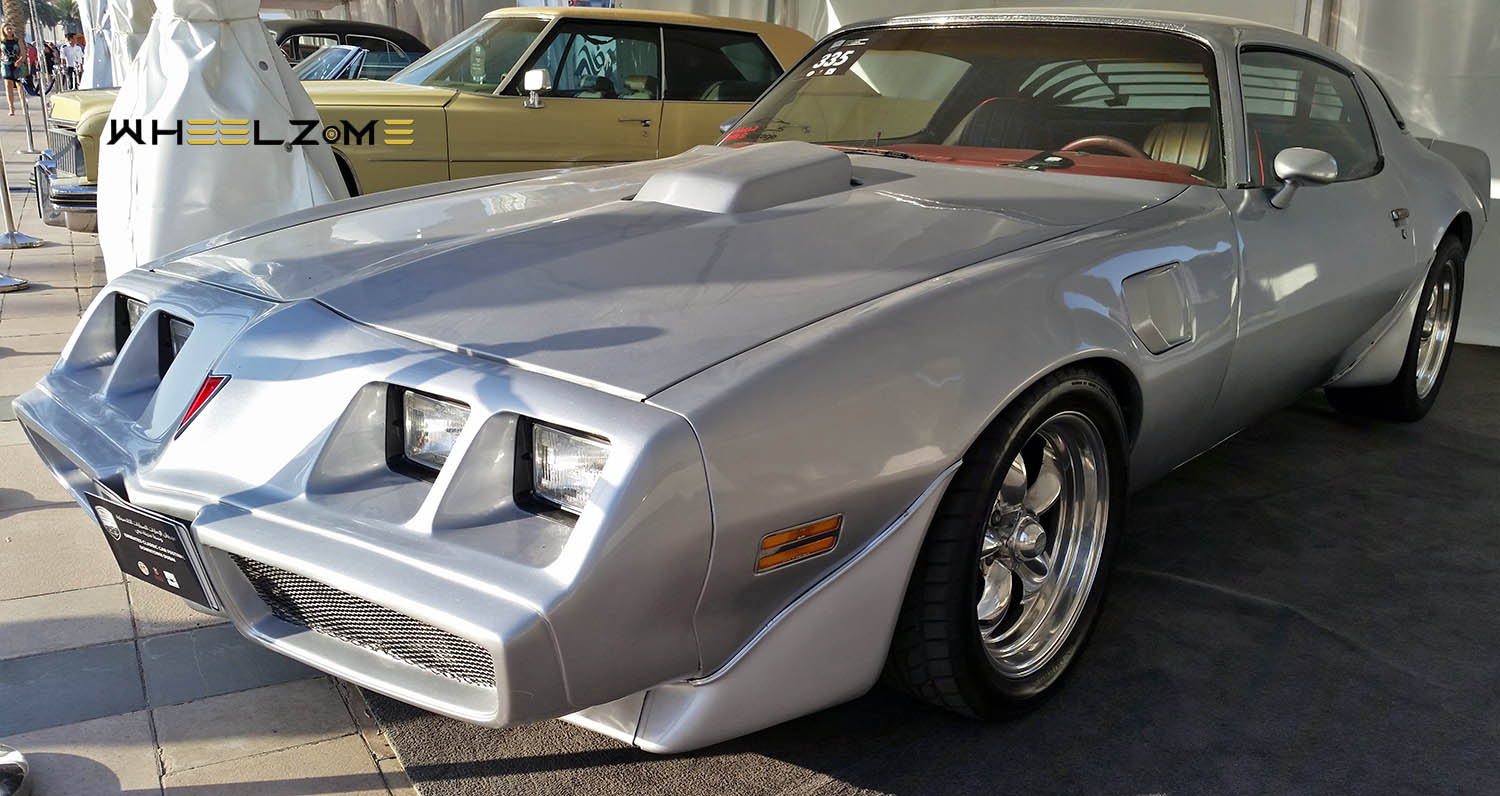
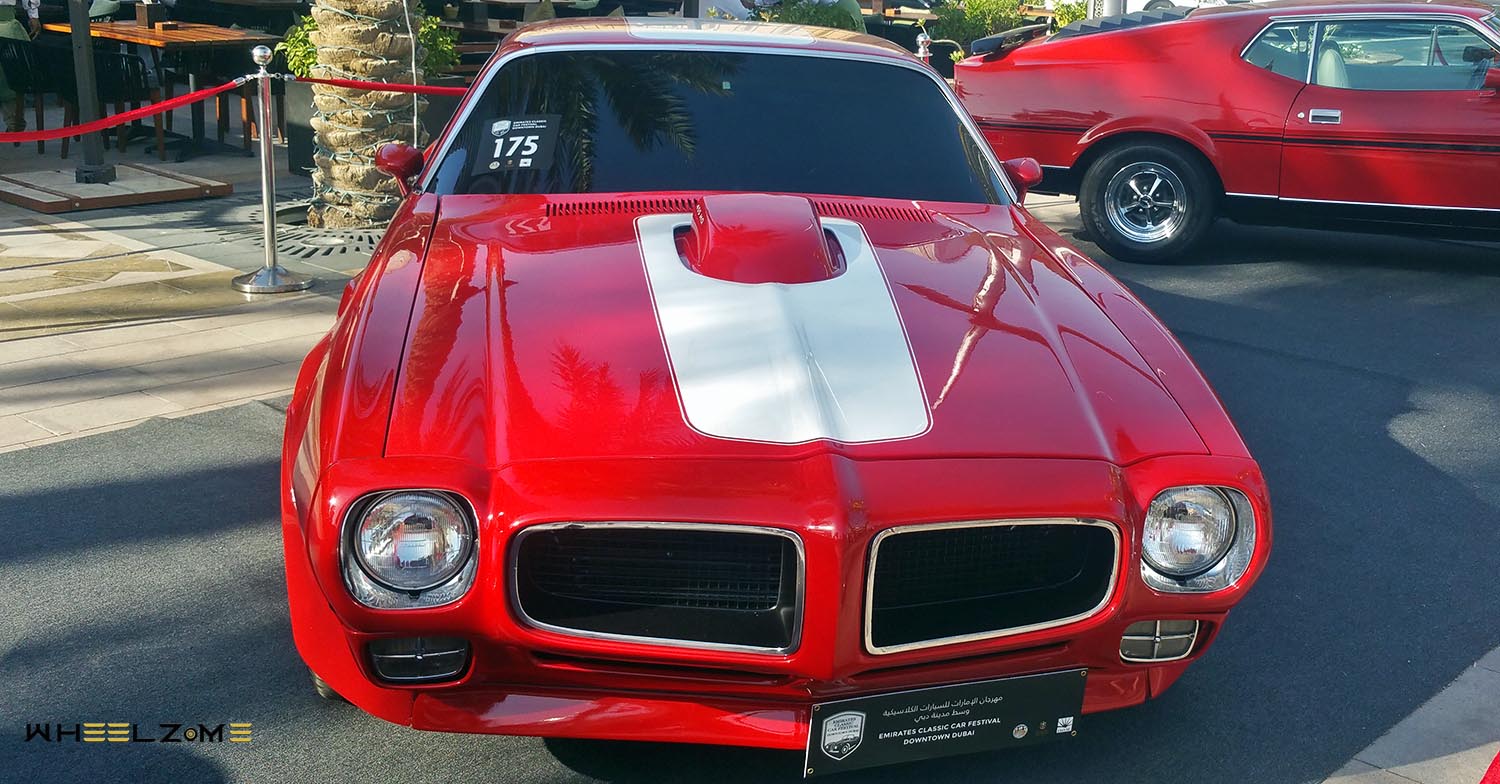
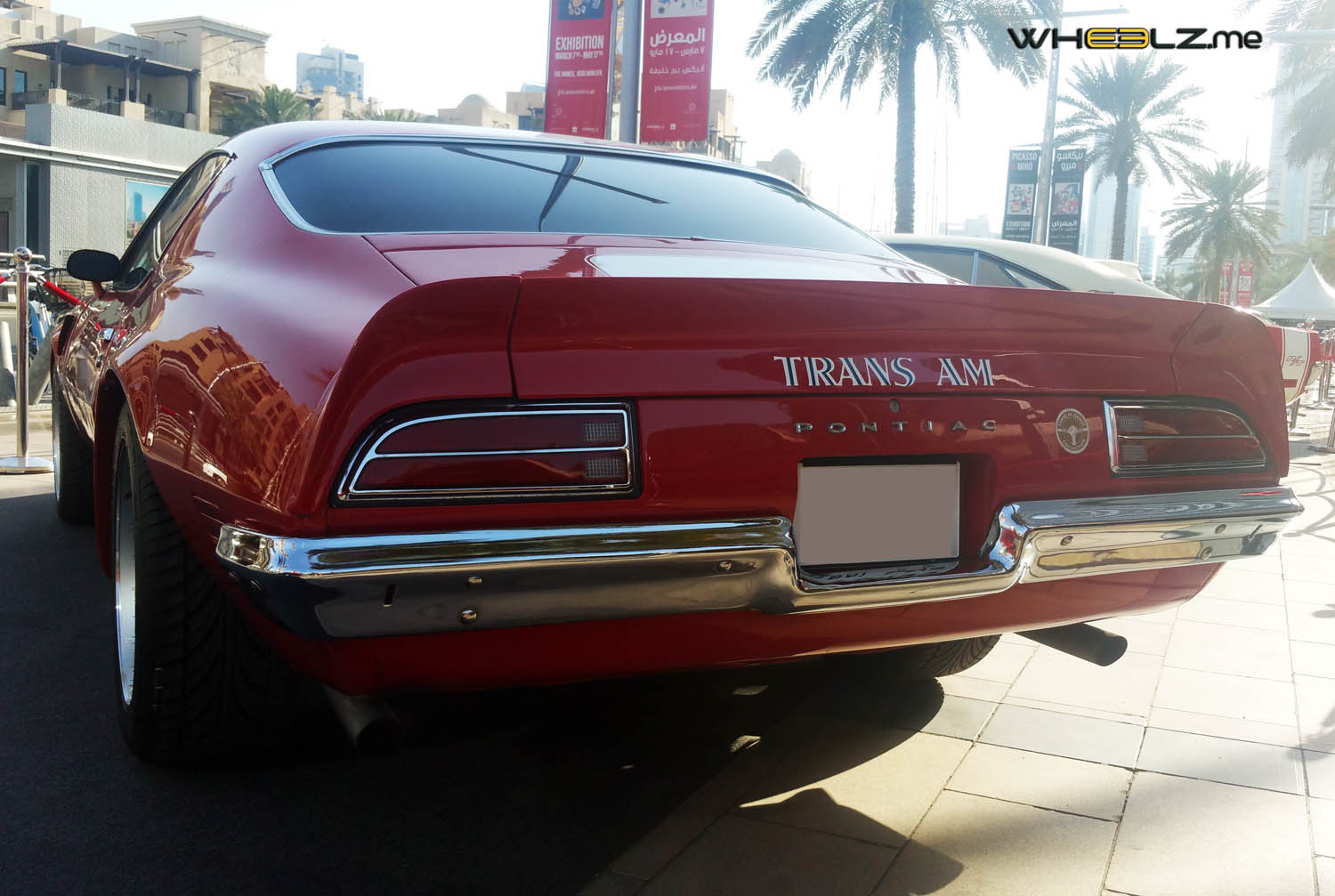
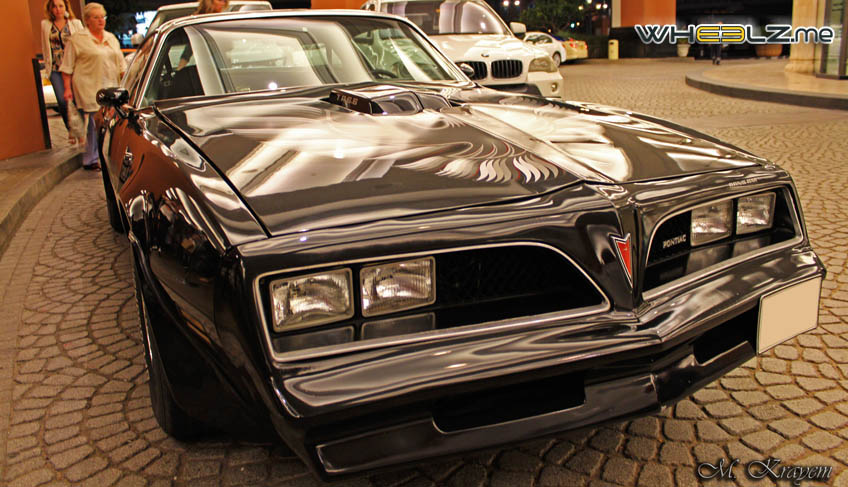
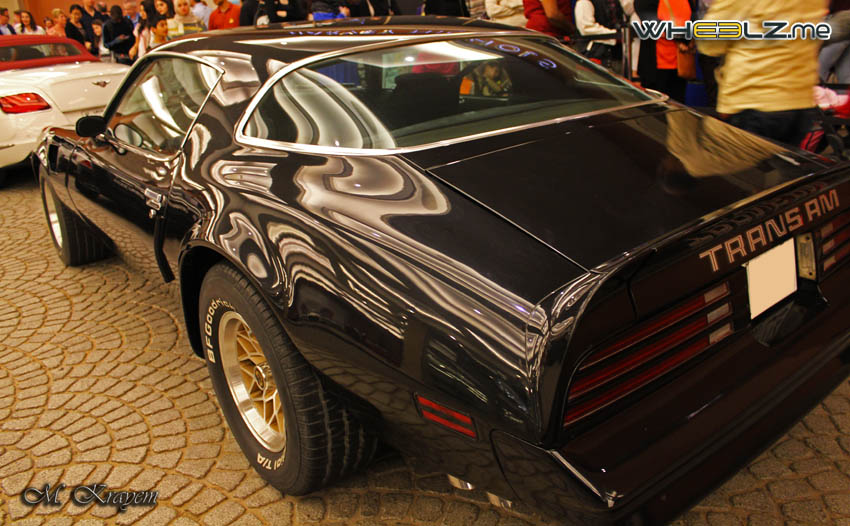
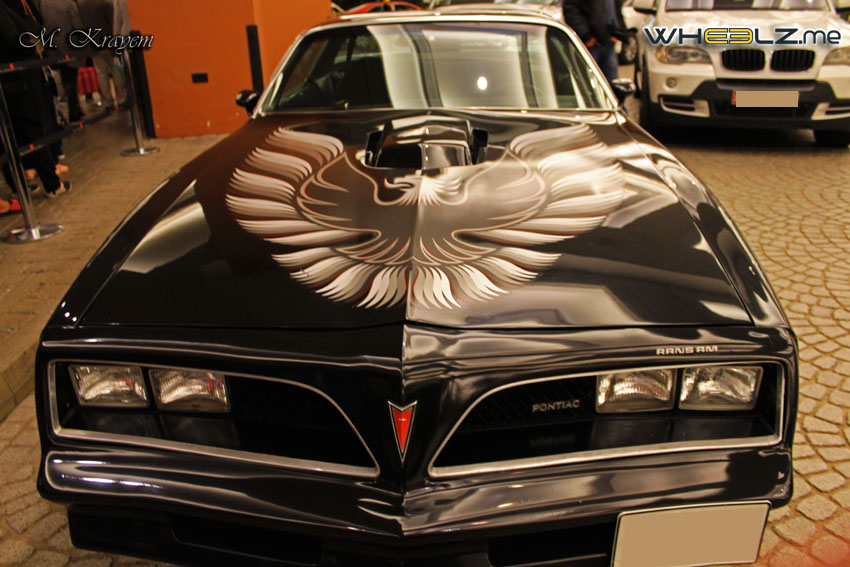
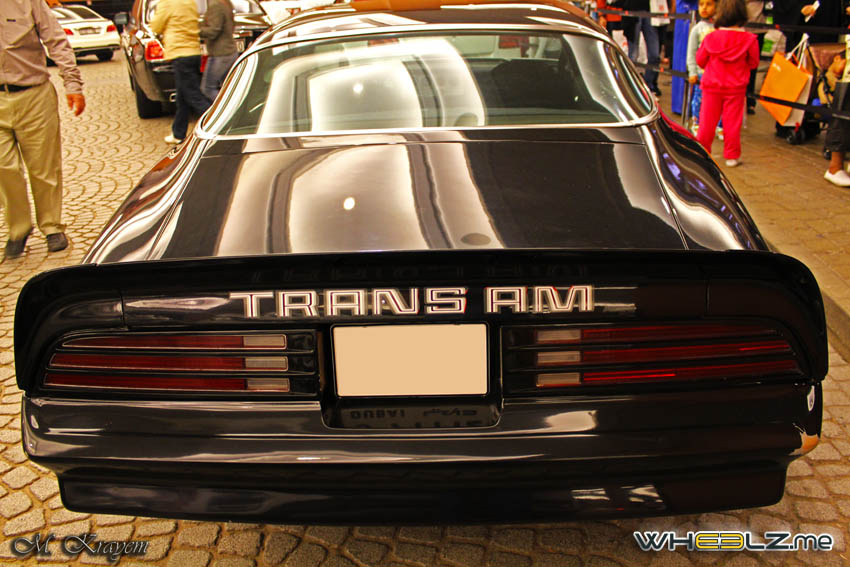
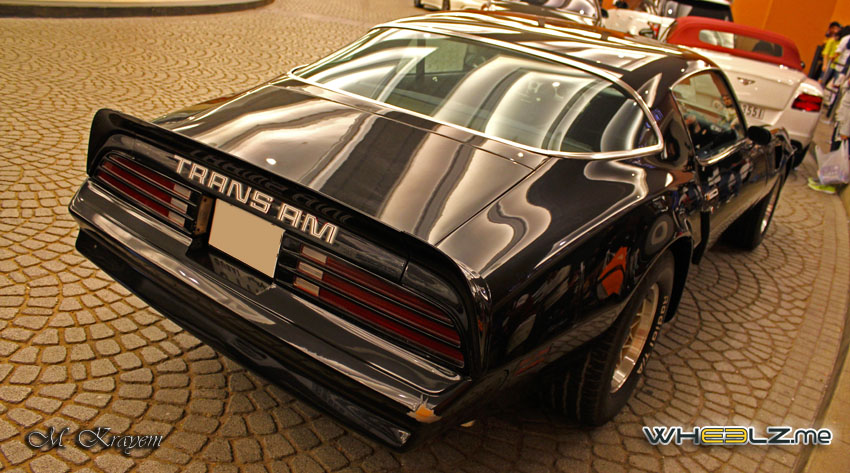
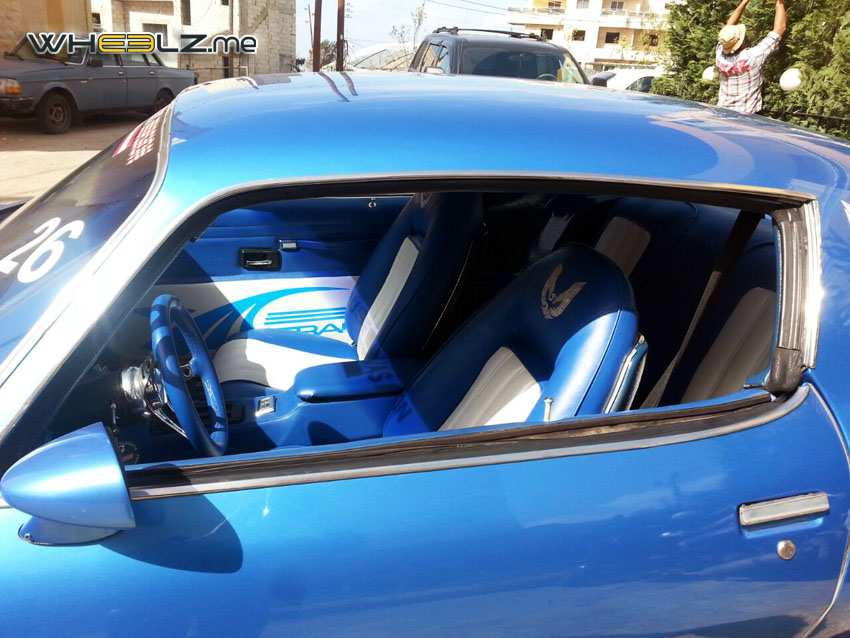
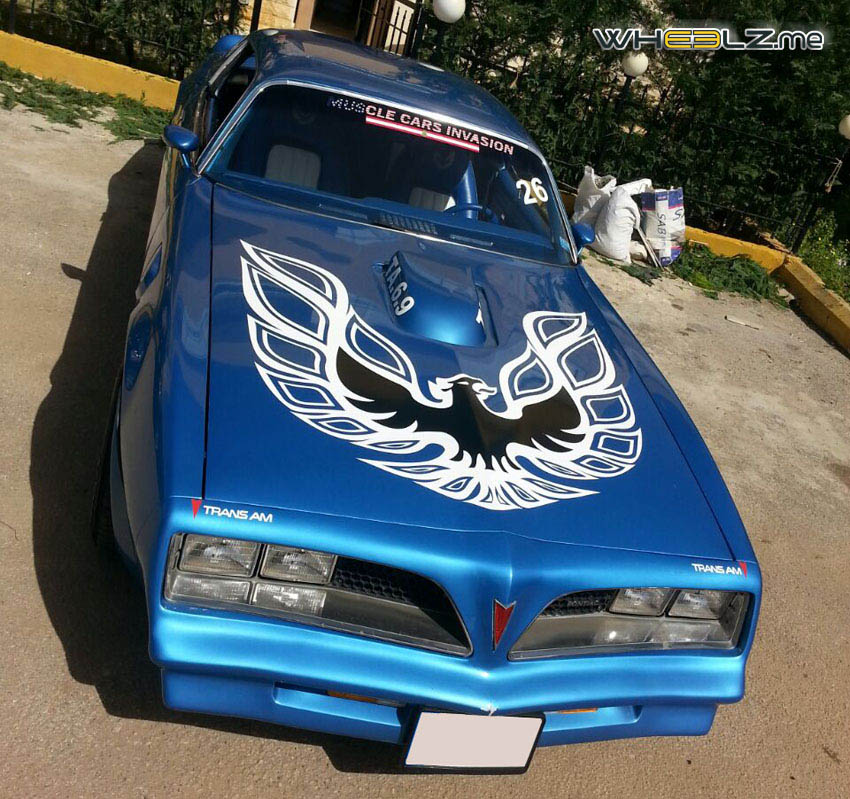
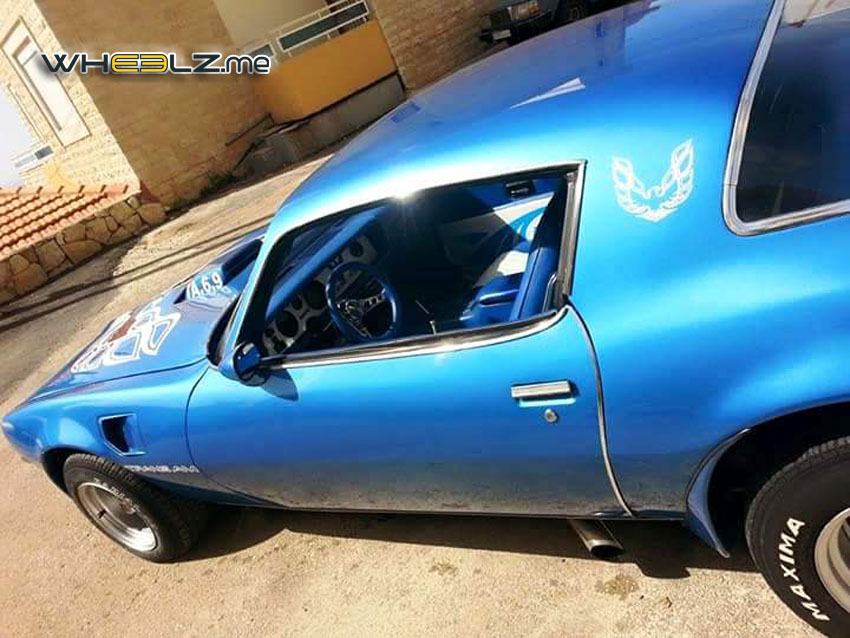
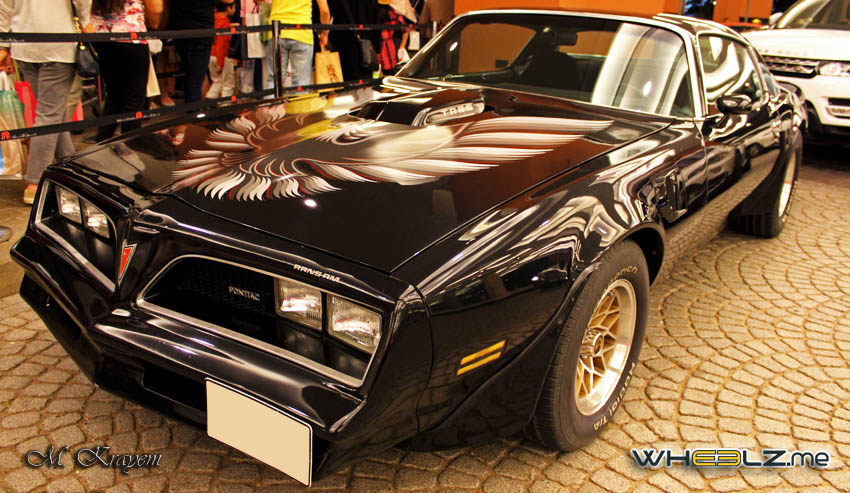
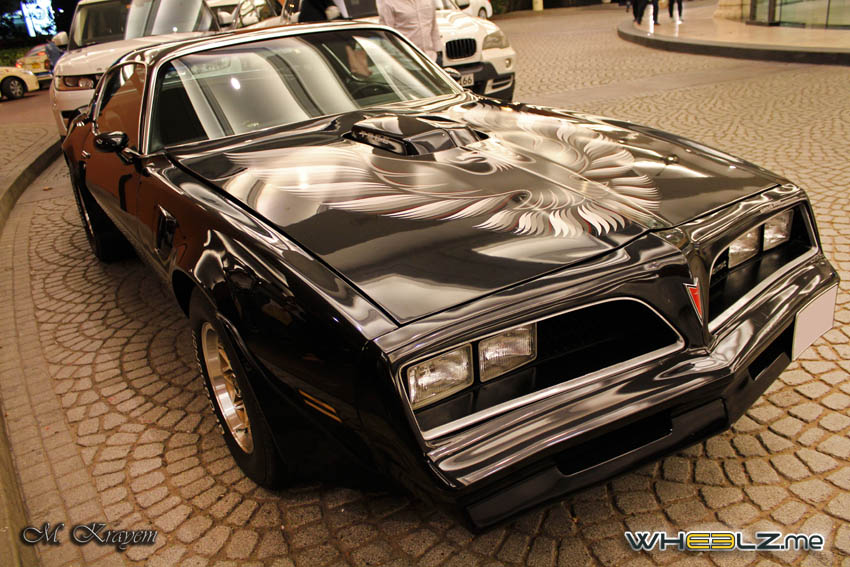
اقرأ أيضأ: بونتياك جي تي او
